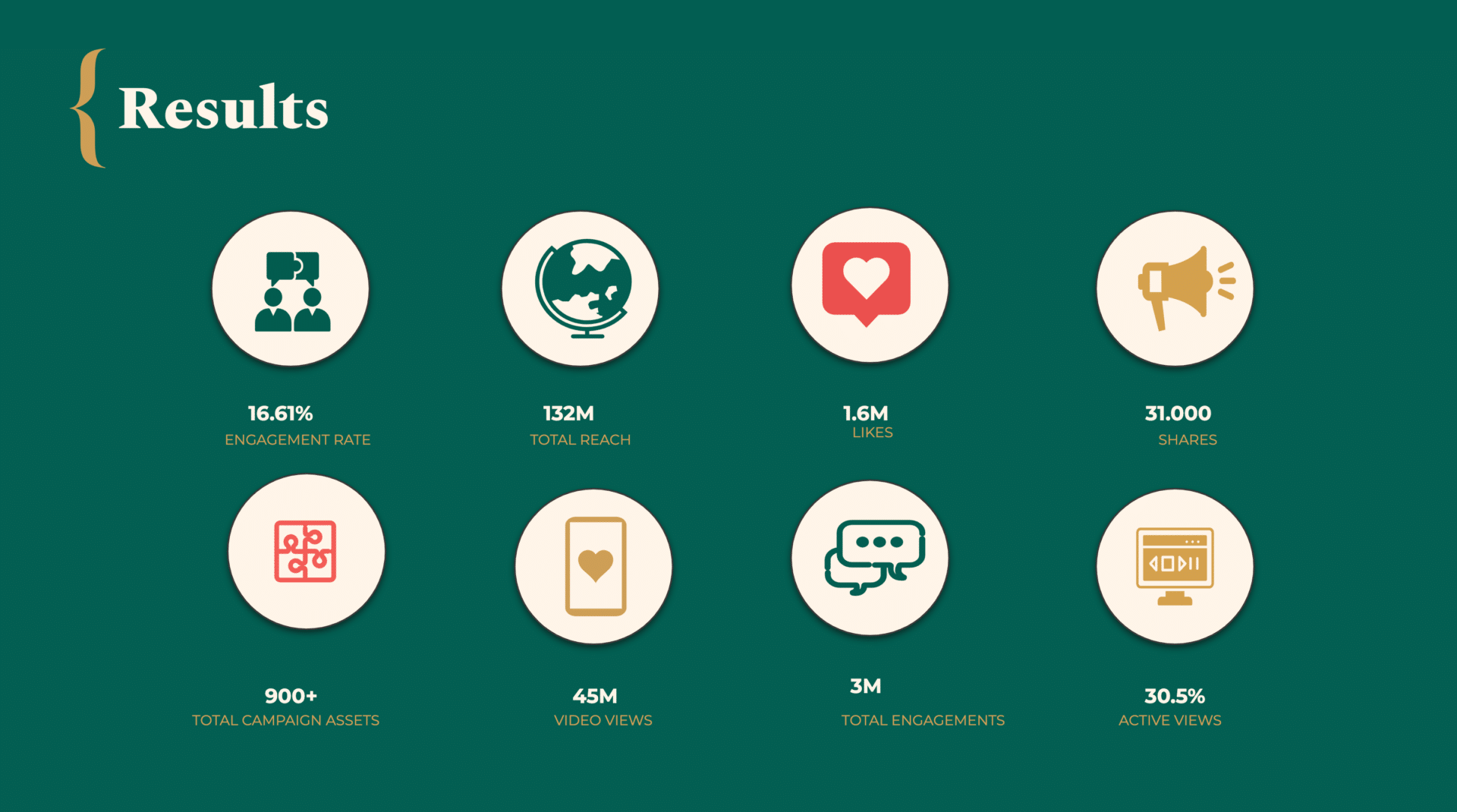 https://rdb.agency/wp-content/uploads/2021/08/stephan-aigner-blog-visuals-02.png
1087
1087
RDB Agency
https://rdb.agency/wp-content/uploads/2020/04/logo.svg
RDB Agency2021-08-10 14:20:062021-08-10 14:20:06The hospitality and travel industries post COVID-19 with Stephan Aigner
https://rdb.agency/wp-content/uploads/2021/08/stephan-aigner-blog-visuals-02.png
1087
1087
RDB Agency
https://rdb.agency/wp-content/uploads/2020/04/logo.svg
RDB Agency2021-08-10 14:20:062021-08-10 14:20:06The hospitality and travel industries post COVID-19 with Stephan AignerOur client, Western Union, came to us in 2017 looking for a way to implement a brand reappraisal and raise awareness of their app, all the while increasing awareness and engagement with their growing millennial customer segment. Most people are generally aware of the basic service that Western Union provides as a 160-year-old legacy brand, however, highlighting the multitude of use cases would allow more people to discover the other services Western Union has to offer.
It was clear to us that simply creating targeted ads were not going to be enough – we needed to find a way to connect with our target audience on a more personal level and show them how Western Union could become a part of their 21st-century lifestyle. Only through this approach would we be able to secure a position with millennials.
In this influencer marketing case study, we’ll discuss how implementing an influencer based marketing campaign has the potential to increase both awareness and engagement that it is not a “one size fits all” solution for any brand, and the amount of controlling before and during the campaign is something that must be taken into consideration before starting.
So, how were we able to get results like these across Western Union’s social media channels in just three months?

We identified the core values of the brand that were most likely to resonate with our target audiences.
As one of our core services is creating “purpose-driven” strategies for our clients, we needed to make people aware of the social aspects of how Western Union’s services help the people around the world that use them. Thanks to existing research, as well as conducting our own customer survey, we were able to identify a number of key insights that would play a critical role in helping to single out the core values that would become the focal point of the campaign.

These statistics were invaluable in giving us a clearer picture of the values from the customer side, however, we still needed to be able to connect these values to Western Union.
Additionally, we needed to find Brand Ambassadors that would be able to represent the values from both sides.

After evaluating Western Union’s services, we were able to determine clear themes that represented the values of our target audience and could be easily associated with the services. These eight themes would become the core of our content plan (more on that later) and would serve as our archetypes for finding influencers.
Want to learn more about influencer marketing?
We sought out influencers that represented the ideals we had identified.
This was by far the most time-intensive single step for the entire campaign. Anyone who has worked with influencers for a marketing campaign can tell you that selecting the right influencer can make or break your campaign. Additionally, you have to consider what type of influencer will give your campaign the highest ROI (Return on Investment).

For this campaign, we also had to consider that our target audience would not be limited to a single country or region. We needed to find influencers that would be able to represent the global nature of the Western Union brand. At the same time, we recognized that given Western Union’s social media channels and their focus, we would need to identify influencers that would be appealing to the dual belongers in the Latino or Pinoy markets as well as the global citizens that represent the core of the “Modern Money Movers”.

For the first season, we were able to identify 10 influencers from 10 countries (this would grow to 23 influencers in season two). These would include a Grammy Award-winning singer, an MMA champion, several entrepreneurs, world travellers, photographers and other people dedicated to making the world a better place.
Each of the influencers we chose fit into at least one of the archetypes that we identified during our initial research and would be featured through content, created by either us or the influencer themself across Western Union’s social media channels. These influencers would become a team of brand ambassadors for Western Union, representing the values of the Western Union brand, with the added value that all of them were actual Western Union customers and were “living the brand”.
We developed a content strategy to highlight the influencer’s unique stories.
Our content strategy for this campaign was based on four pillars, each of which with its own target segment and unique purpose. This strategy would allow us to not only share the influencer’s stories but also tie them in with the wide range of products and services that Western Union offers.

This was only half of the full equation, as our influencers would also be creating multiple pieces of content for us each month. These assets would also need to be factored into our content plan in a way that worked in harmony with the more “product-specific” assets.
As you can see from one of our more recent content calendars, this strategy resulted in having nearly daily content in one form or another appearing across the full spectrum of Western Union’s social channels.
By creating a monthly content calendar, we were able to have a set schedule in terms of when specific types of content would appear. This also allowed us to be able to brief our influencers at least one month in advance on the topics and themes for content that we wanted them to produce for the campaign. This would allow the influencer based content to blend near seamlessly with the other content that would be appearing at the same time on Western Union’s social channels.
Additionally, the previews, teasers, and regularity (every Monday) of the portraits and episodes made it easy for Western Union’s social media followers to stay up to date on the latest developments. We also were able to use the viewership of the portraits and episodes as our basis for retargeting.
These three steps were critical to this campaign being able to achieve its level of success. Without a thorough understanding of the content options available, a plan to position your client in a place that will appeal most to your target audience, and a well thought out yet flexible strategy, you risk missing your target audience and losing out on the recognition your brand deserves.



